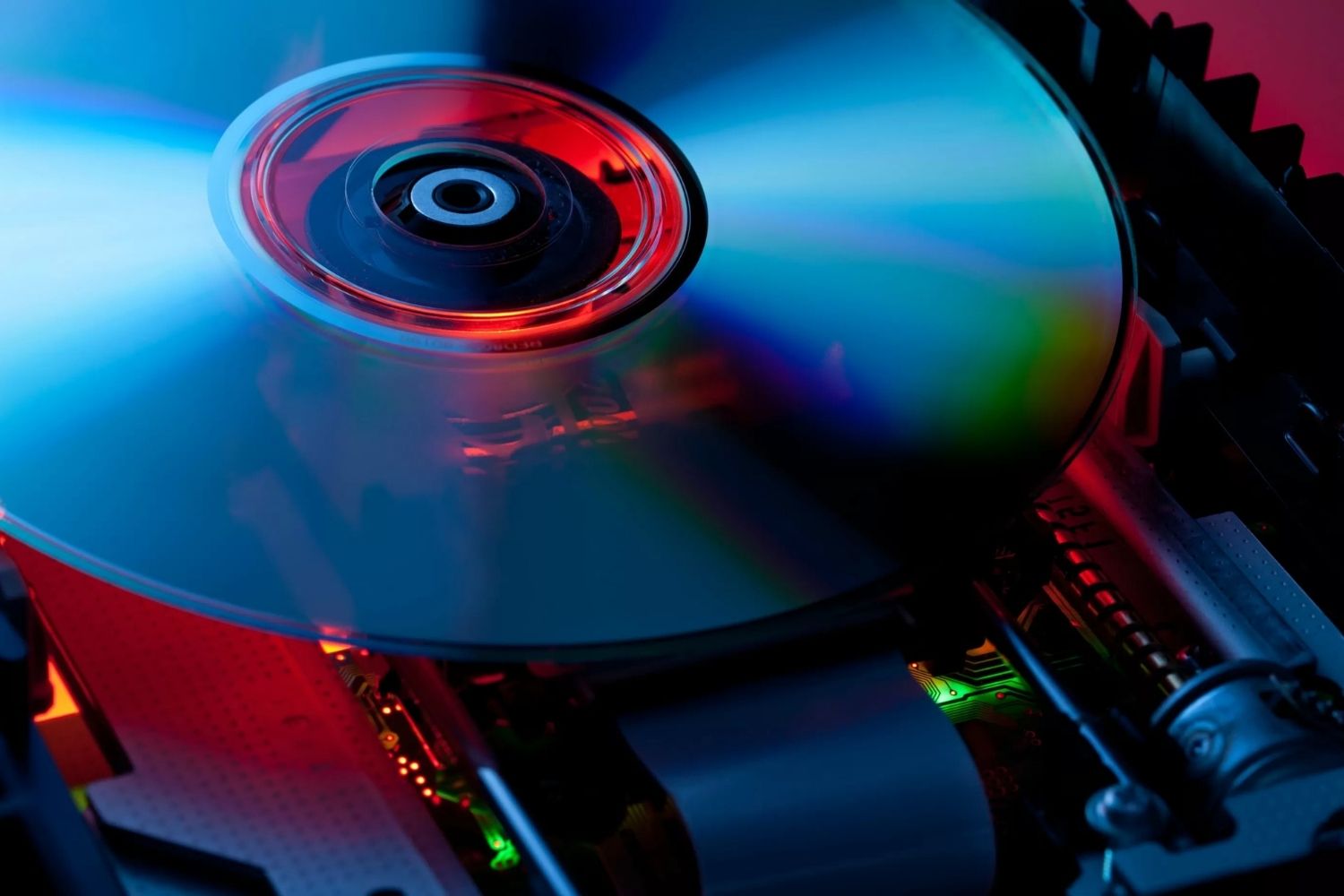
What is an optical drive? An optical drive is a device that reads and writes data from optical discs like CDs, DVDs, and Blu-rays using laser technology. These drives have been a staple in computers for decades, allowing users to install software, watch movies, and back up important files. While newer technologies like USB drives and cloud storage have reduced their prevalence, optical drives still hold value for many. They offer a reliable way to access older media and provide a physical backup option. Whether you're a tech enthusiast or just curious, understanding optical drives can be quite enlightening.
What is an Optical Drive?
Optical drives are devices that read and write data from optical discs like CDs, DVDs, and Blu-rays. They use laser technology to interpret the data stored on these discs. Here are some fascinating facts about optical drives.
-
Laser Technology: Optical drives use lasers to read and write data. A laser beam scans the surface of the disc to interpret the data encoded in tiny pits and lands.
-
CDs Came First: Compact Discs (CDs) were the first type of optical media, introduced in the early 1980s. They revolutionized the way people stored and listened to music.
-
DVDs Followed: Digital Versatile Discs (DVDs) came next, offering higher storage capacity than CDs. This made them ideal for storing movies and larger software applications.
-
Blu-ray for High Definition: Blu-ray discs offer even greater storage capacity than DVDs, making them perfect for high-definition video and large data files.
-
Backward Compatibility: Most modern optical drives can read and write multiple types of discs, including CDs, DVDs, and Blu-rays.
How Optical Drives Work
Understanding the mechanics behind optical drives can be quite intriguing. Here are some key points about their functionality.
-
Laser Diode: The core component is the laser diode, which emits the laser beam used to read and write data.
-
Spindle Motor: This motor spins the disc at varying speeds, allowing the laser to access different parts of the disc.
-
Optical Pickup Unit: This unit moves the laser assembly across the disc's surface to read or write data.
-
Data Encoding: Data on optical discs is encoded in a series of tiny pits and lands. The laser reads these variations to interpret the data.
-
Error Correction: Optical drives use sophisticated error correction algorithms to ensure data integrity, even if the disc has minor scratches or imperfections.
Types of Optical Drives
Optical drives come in various forms, each with unique features and capabilities. Here are some different types.
-
CD-ROM Drive: This type of drive can only read CDs and is commonly found in older computers.
-
DVD-ROM Drive: Similar to CD-ROM drives but can read both CDs and DVDs.
-
Blu-ray Drive: These drives can read and write Blu-ray discs, as well as CDs and DVDs.
-
Combo Drive: A versatile drive that can read and write CDs and DVDs but only read Blu-ray discs.
-
External Optical Drive: These are portable drives connected to a computer via USB, useful for devices without built-in optical drives.
Uses of Optical Drives
Optical drives have a variety of applications beyond just playing movies or music. Here are some common uses.
-
Software Installation: Many software applications, especially older ones, are distributed on optical discs.
-
Data Backup: Optical discs are a reliable medium for backing up important data due to their durability and longevity.
-
Media Playback: Optical drives are essential for playing physical media like CDs, DVDs, and Blu-rays.
-
Archiving: Optical discs are often used for archiving data because they can last for decades if stored properly.
-
Gaming: Many video games, particularly older ones, are distributed on optical discs.
The Decline of Optical Drives
Despite their many uses, optical drives are becoming less common in modern devices. Here are some reasons for their decline.
-
Digital Downloads: The rise of digital downloads and streaming services has reduced the need for physical media.
-
Cloud Storage: Cloud storage solutions offer convenient and scalable alternatives to physical data storage.
-
Slimmer Devices: Modern laptops and desktops are designed to be slimmer and lighter, often omitting optical drives to save space.
-
USB Drives: USB flash drives and external hard drives offer more storage capacity and faster data transfer rates than optical discs.
-
Environmental Concerns: Reducing the production and disposal of optical discs helps minimize environmental impact.
The Final Spin
Optical drives have come a long way since their inception. From CDs to Blu-rays, they’ve played a crucial role in data storage and media consumption. While streaming and cloud storage have taken the spotlight, optical drives still hold their ground in specific niches. They offer a reliable way to archive data, enjoy physical media, and even install software. As technology evolves, the role of optical drives may continue to shift, but their impact on the tech world is undeniable. Whether you’re a tech enthusiast or just curious, understanding these devices gives you a glimpse into the evolution of data storage. So next time you pop in a disc, remember the journey that little piece of tech has been on.
Was this page helpful?
Our commitment to delivering trustworthy and engaging content is at the heart of what we do. Each fact on our site is contributed by real users like you, bringing a wealth of diverse insights and information. To ensure the highest standards of accuracy and reliability, our dedicated editors meticulously review each submission. This process guarantees that the facts we share are not only fascinating but also credible. Trust in our commitment to quality and authenticity as you explore and learn with us.
